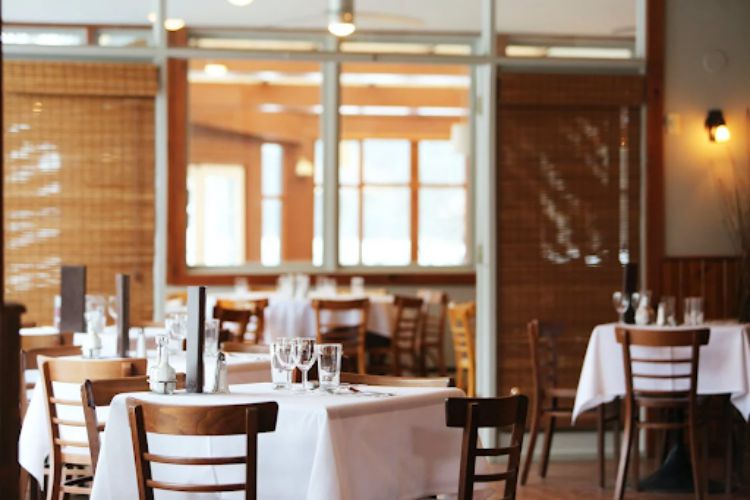 In the food industry, a customer’s dining experience determines their enjoyment. Food businesses such as restaurants, cafes, and diners cater to various customer needs. If a customer sees something wrong, it can affect their experience. Therefore, the role of food businesses is to improve the customer experience while getting the best service possible. It applies at any time of the day.
In the food industry, a customer’s dining experience determines their enjoyment. Food businesses such as restaurants, cafes, and diners cater to various customer needs. If a customer sees something wrong, it can affect their experience. Therefore, the role of food businesses is to improve the customer experience while getting the best service possible. It applies at any time of the day.
The most common practice of food businesses is to provide a clean table with available cutlery. It shows that the business is open to potential customers. The more presentable the practice, the more likely customers will come back. However, the challenge is maintaining the same quality without compromising the business.
Here are some of the best food business practices that you can try.
Understand Food Safety In All Meals
Food safety is the most important practice food businesses should follow. It involves safe food handling from preparation up to distribution. As staff, remember to handle food carefully depending on the ideal cooking temperature.
While cooking, it is necessary to use clean utensils as you go. Once the food is ready, provide new cutlery free from germs. You can get these cutleries through trusted manufacturers, like Dispenser Solution, to provide safe and fresh meals daily.
Plan Your Business Inventory
Food inventory management is another practice you should remember. Track all items used in the food business to avoid contamination. A good food inventory can shed light on ways that cost your business. Therefore, inventory management should be a daily practice, especially during closing time. Once all items and ingredients are tracked, it ensures the food will stay fresh for the next day.
Establish Health And Hygiene Practices
The staff will contact many surfaces as they prepare food for the customers. By having health and hygiene practices, it lessens the spread of germs. This results in better food preparation and promotes good health.
A common practice in many restaurants is the hand washing practice. Any staff should wash their hands at any time during food preparation to maintain cleanliness. The more hygiene practices a food business follows, the healthier the staff can prepare the food.
Monitor Food Distribution
Food distribution is the last step in any food business. It involves serving dine-in meals or giving take-out meals to any customer. Even if the food is finally prepared, it should be distributed safely. It can be through sealed containers along with biodegradable cutlery. Provide recyclable utensils that are easy to use for take-out meals. That way, customers can enjoy their meals without the hassle.
For example, you provide wooden cutlery in a takeaway restaurant to lessen environmental impact. Since most cutleries are single-use, reducing trash through sustainable methods is best. As a result, the product fulfills its needs while helping in the process.
Wrapping Up
The best food business practices involve many food-management skills. It starts from food preparation up to distribution. The business should follow food safety protocols, do inventory, and monitor the overall process. It ensures that the safety standards will go on until the end of the day. Ultimately, these practices are essential to a safe food business for everyone.





